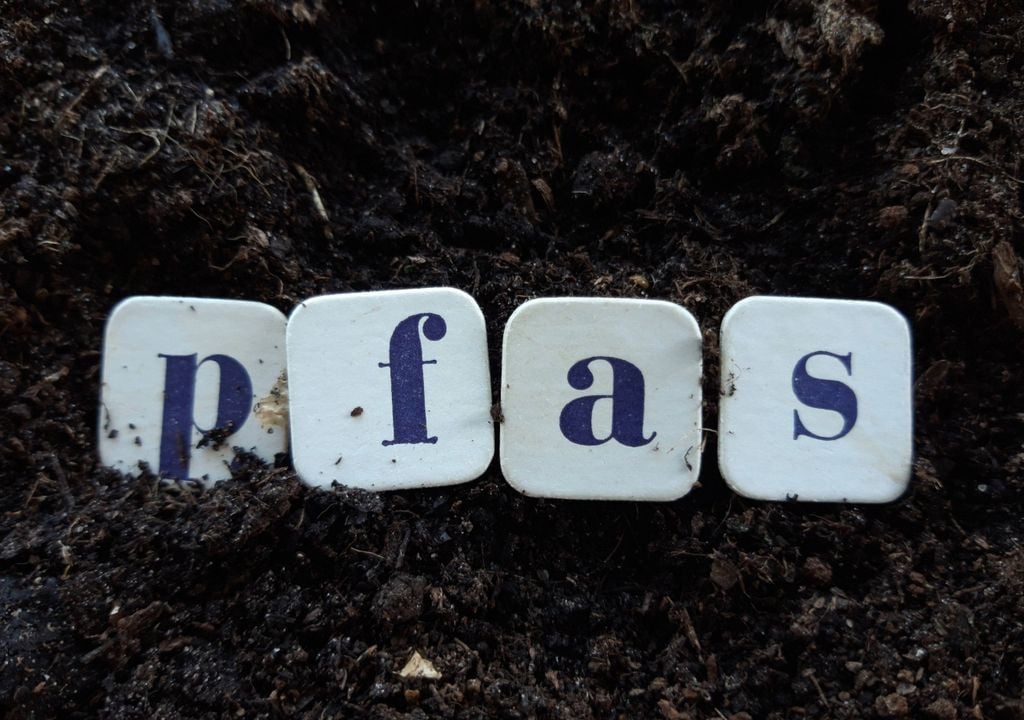PFAS: should they still be called ‘forever chemicals’?
We could soon move away from the notion that PFAS are ‘forever chemicals’ after new research reveals a way to break down these persistent, synthetic chemicals.

PFAS’ title of ‘forever chemicals’ is somewhat fitting – these chemicals persist in the environment for long periods without degrading thanks to the unique properties imparted by multiple carbon-fluorine chemical bonds.
But what if these poly- and perfluoroalkylated substances could be destroyed, and their fluorine content reclaimed and recycled for future use? Chemists from the University of Oxford and Colorado State University have achieved this feat thanks to a serendipitous discovery.
Long-lived and useful, but harmful
PFAS encompass thousands of synthetic chemicals that are well-known for their durability and resistance to heat, stains, grease, and water. Over the last 70 years, they’ve been used in a wide variety of products including textiles, food packaging, non-stick cookware, even medical devices.
But until relatively recently, their persistence was largely unqueried, and their contamination unchecked. Now, we know that PFAS are a global problem; they’re contaminating every corner of the Earth, and they have profound adverse health effects, even being found in human blood and breast milk.
Destroying PFAS
To address the urgent need for pioneering technologies to detect, recover and abolish these synthetic chemicals, the chemists developed an ‘operationally straightforward method’ of destroying a range of PFAS whilst simultaneously recovering their fluorine content for reuse in industry.
PFAS samples are mixed with potassium phosphate salts in the solid state and ground together with ball bearings – a serendipitous discovery made in previous research – which breaks down the long-lasting PFAS chemicals.

“The mechanochemical destruction of PFAS with phosphate salts is an exciting innovation, offering a simple yet powerful solution to a long-standing environmental challenge,” notes Dr Long Yang, from Oxford’s Department of Chemistry. “With this effective PFAS destruction method, we hope to shift away from the notion of PFAS as ‘forever chemicals’.”
The method appears to work on all PFAS classes, including those typically found in non-stick coatings, electrical insulation, and industrial tubing. This means that the fluorine potentially lost in everyday waste such as Teflon tape could be recovered and used to generate important fluorine-containing chemicals, including precursors to pharmaceutical and agrochemicals.
Circular economy
The study represents a step towards a circular fluorine economy as the reclaimed fluoride was used to generate common fluorinating reagents which worked effectively in industrial reactions. This is especially important as fluorspar, the mineral from which nearly all fluorochemicals are made, is considered crucial for many industrial processes worldwide.
“Fluoride recovery is important because our reserves of Fluorspar, essential for the manufacturing of e.g. life-saving medicines, are rapidly depleting due to extensive mining,” explains Professor Véronique Gouverneur, also from the Department of Chemistry. “This method not only eliminates PFAS waste but also contributes to a circular fluorine chemistry by transforming persistent pollutants into valuable fluorochemicals."
News reference
Phosphate-enabled mechanochemical PFAS destruction for fluoride reuse. Nature, 26th March 2025. Yang, L., Chen, Z., Goult, C.A. et al.








